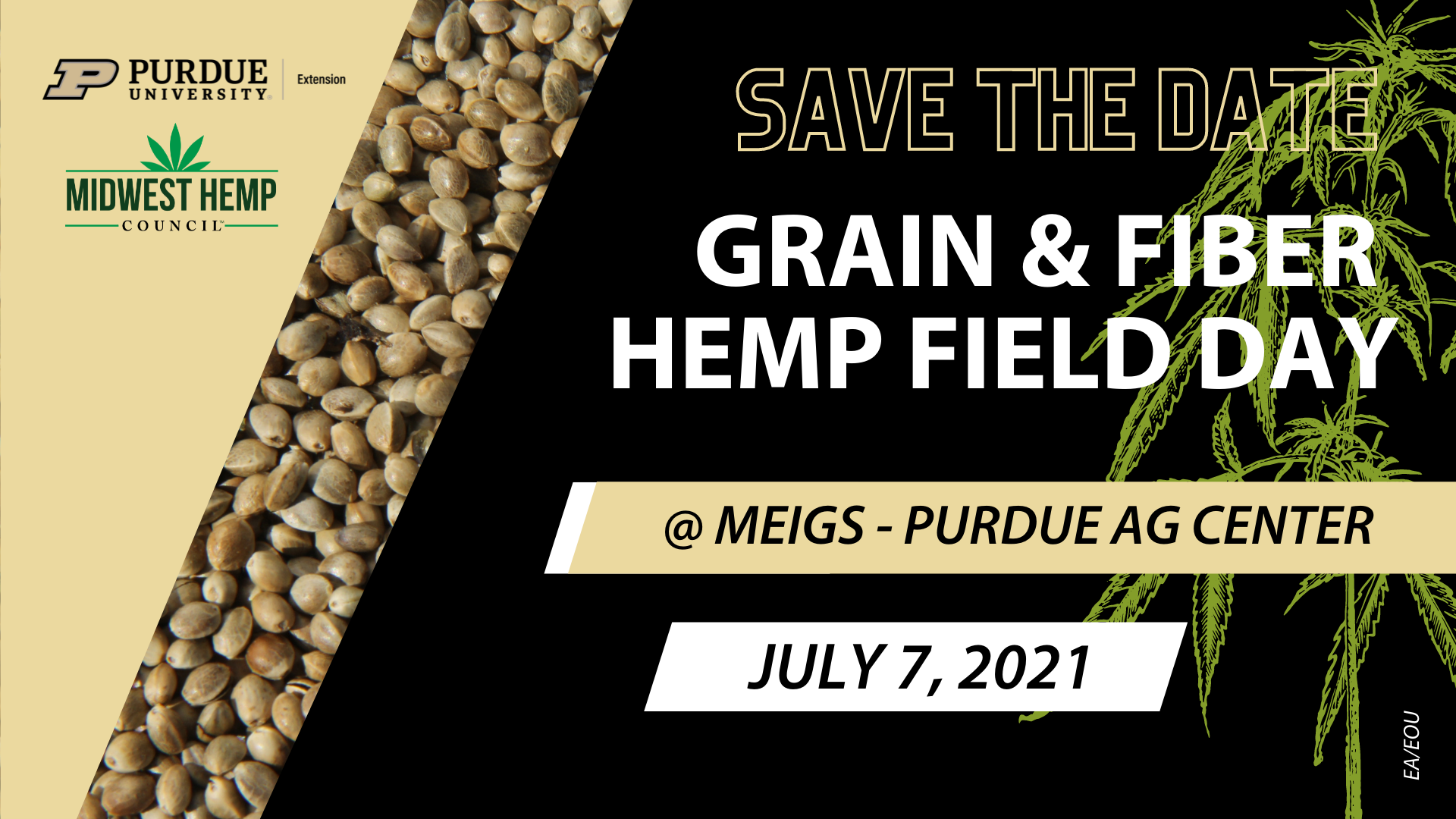
Individuals interested in learning more about the potential challenges and opportunities of growing hemp are invited to a field day at Meigs Farm, part of the Throckmorton Purdue Agricultural Center, 9101 S. 100 E, about 10 miles south of Lafayette.

Individuals interested in learning more about the potential challenges and opportunities of growing hemp are invited to a field day at Meigs Farm, part of the Throckmorton Purdue Agricultural Center, 9101 S. 100 E, about 10 miles south of Lafayette.
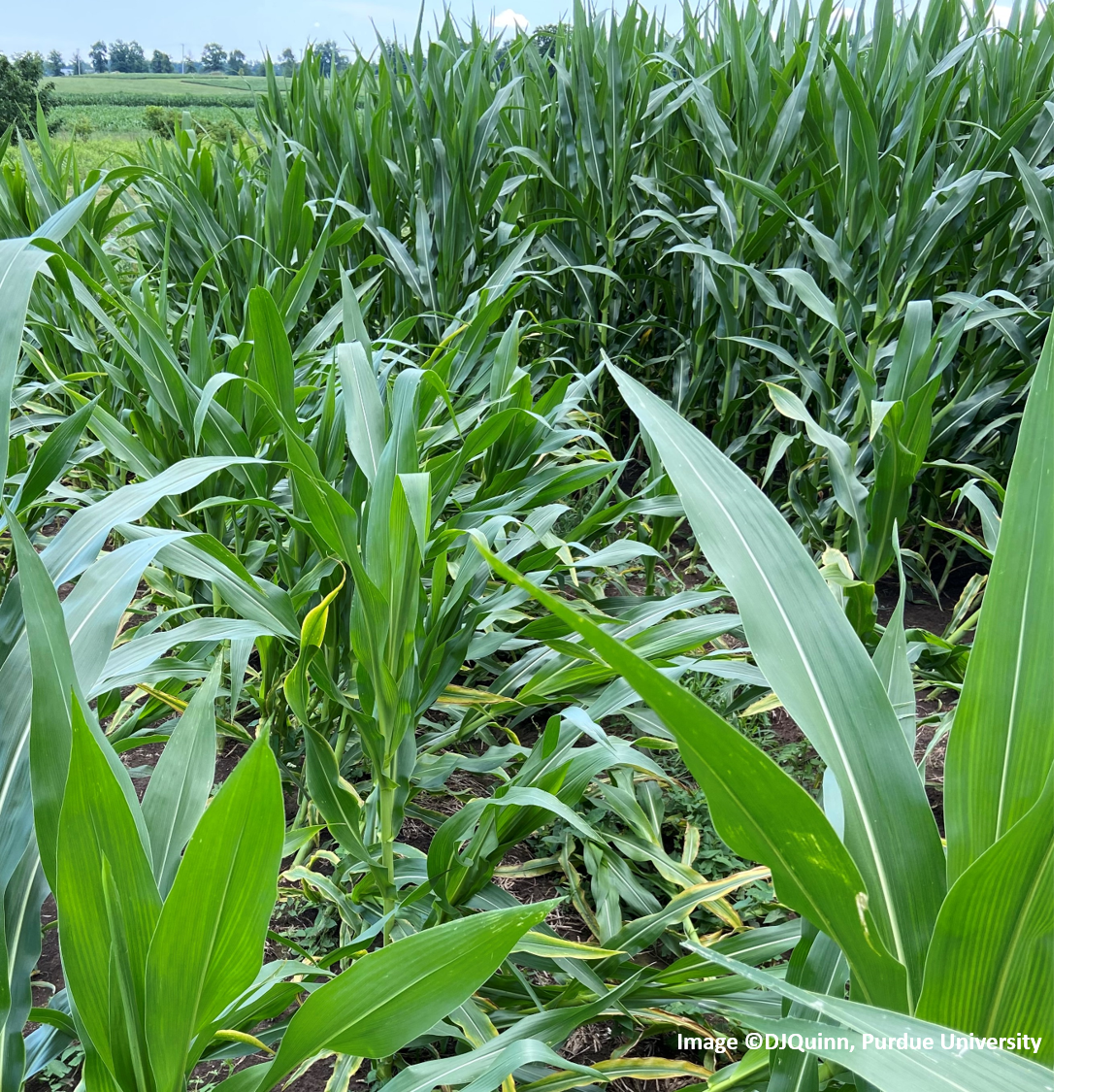
Recent storms that have crossed parts of Indiana have brought excessive winds which has resulted in corn being “flattened” from lodging or leaning in certain areas of the state.
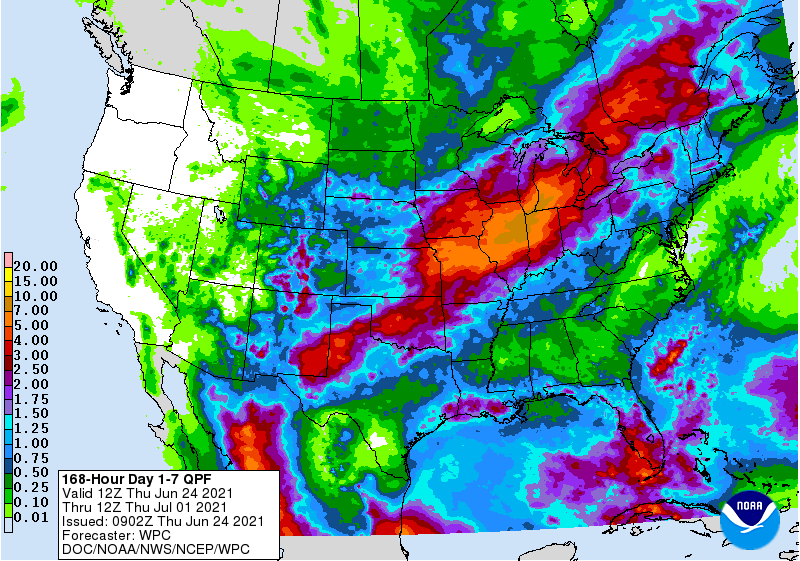
For those keeping track, last week’s article (“How likely will drought develop or worsen in Indiana”) and the article two weeks ago (“Nature’s faucets predicted to be turning off for the rest of the month”) had an overlapping theme – Indiana is behind in precipitation amounts from the climatological normals and the climate outlooks are not too confident that above-normal precipitation will catch the state up from its deficits.
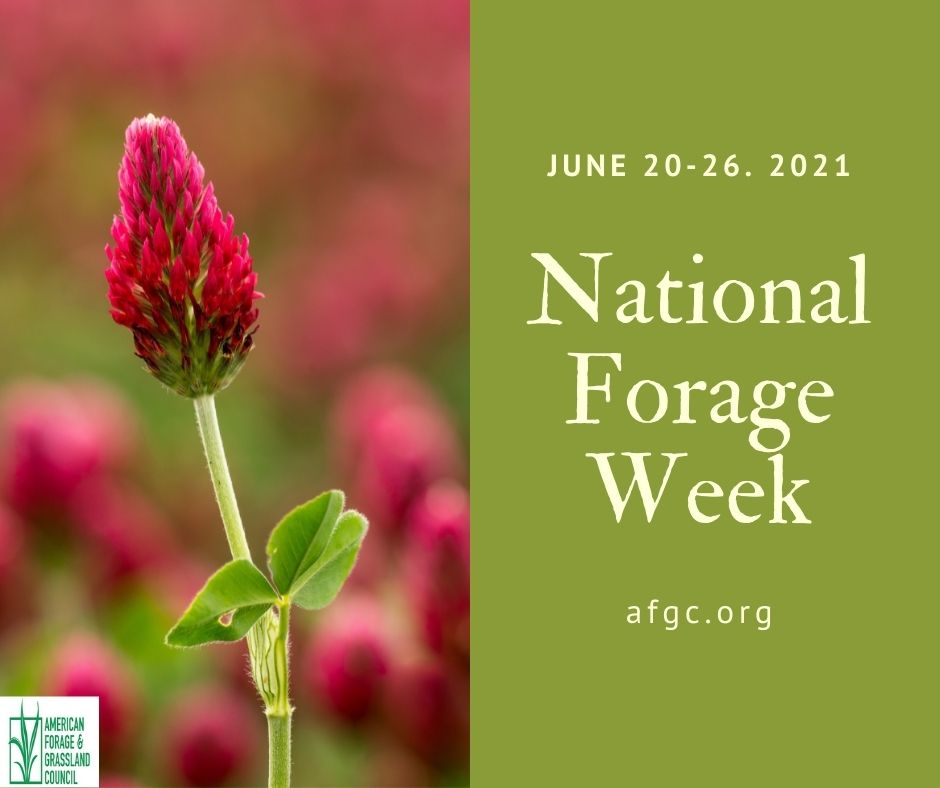
National Forage Week (June 20 – 26) is coming to a close. The leadership team of the Indiana Forage Council, a not-for- profit organization, decided it was appropriate to share on the council’s Facebook page the contributions forage crops provide the world.
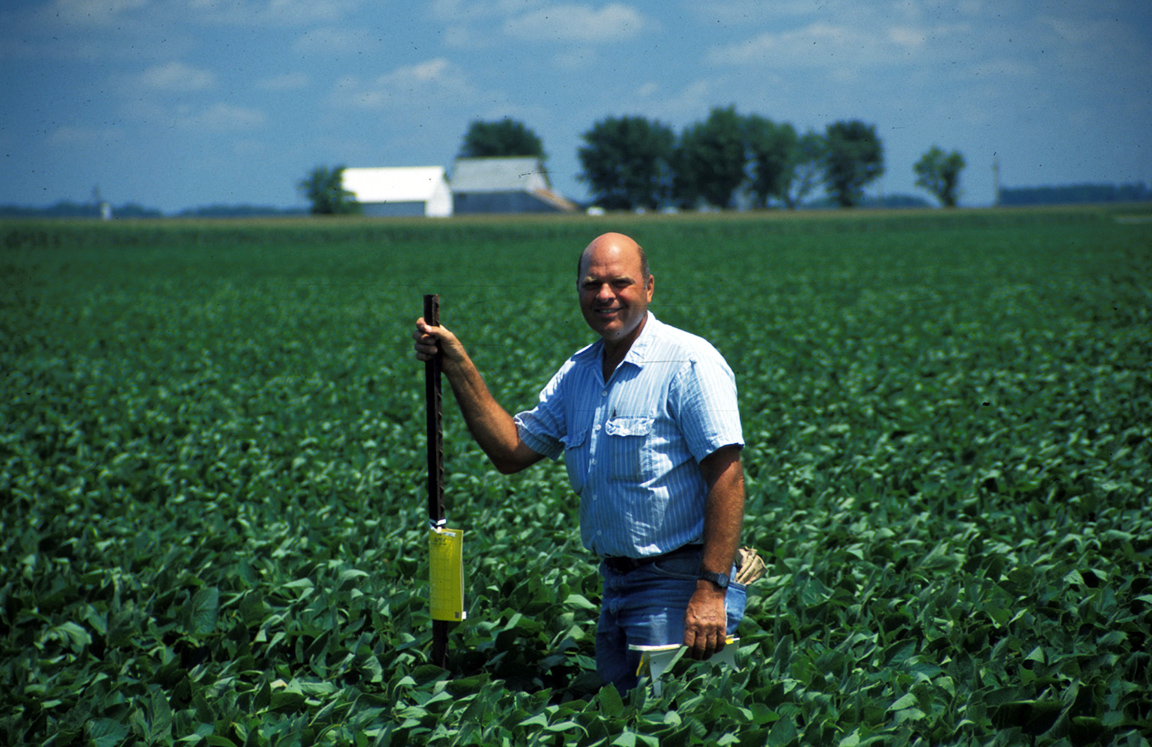
Currently, rootworm larvae are hatching throughout the state. If larvae are successful in finding vulnerable corn roots, they will feed until pupation. In a matter of days, the beetles will begin emerging, then feed (e.g., mostly on corn and other pollen), and mate.
Armyworm Pheromone Trap Report – 2021
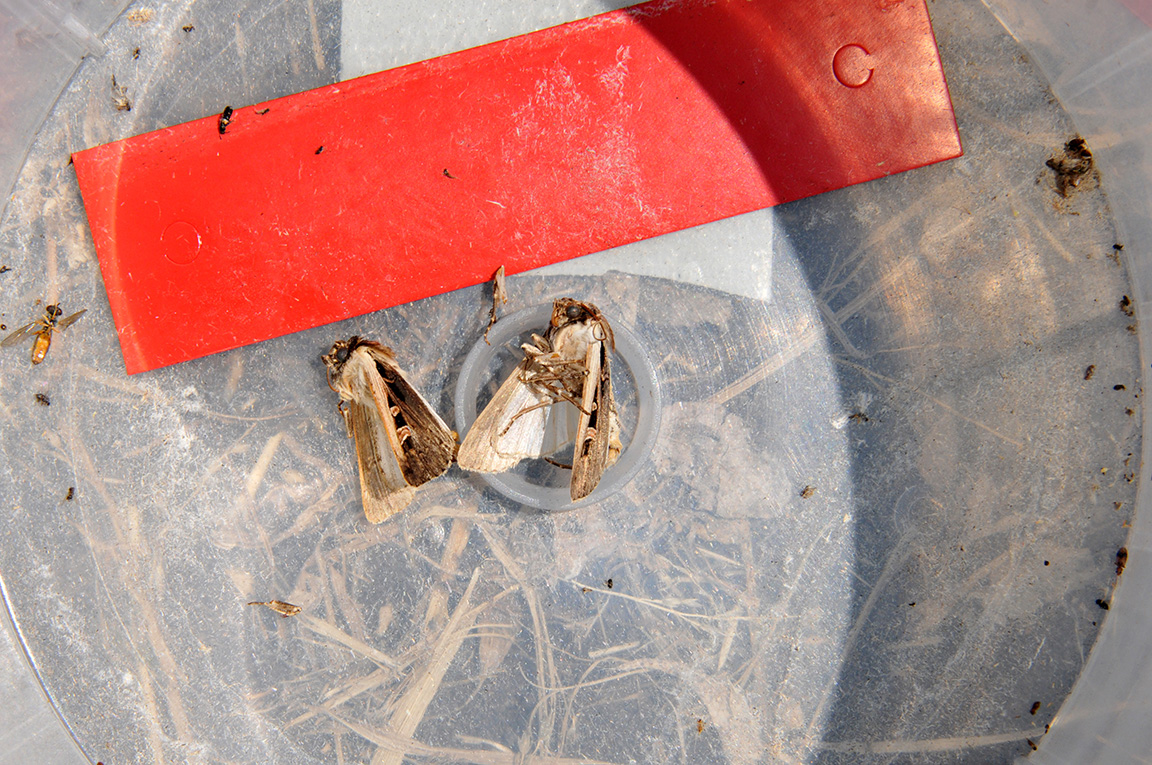
Armyworm pheromone trapping at the Purdue Ag Centers (PACs) ends this week.
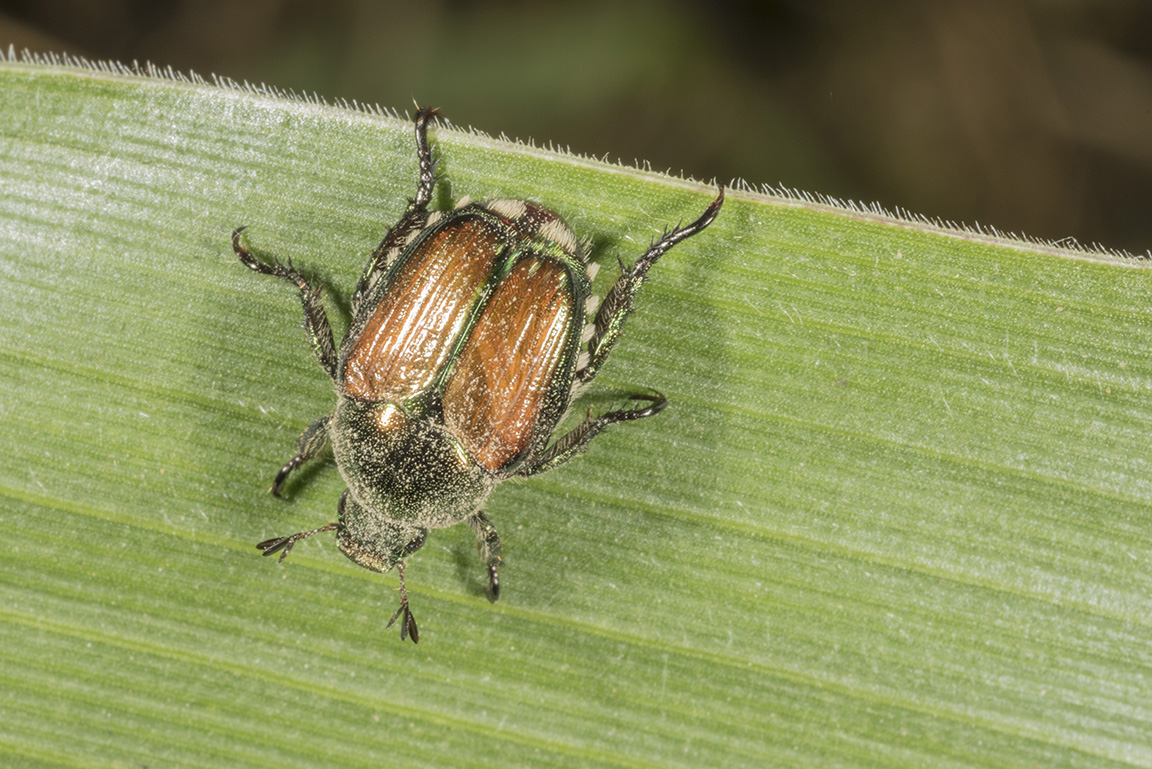
A quick glance at my vegetable garden on Thursday, June 17, revealed a lonely Japanese beetle… I dutifully squished it!
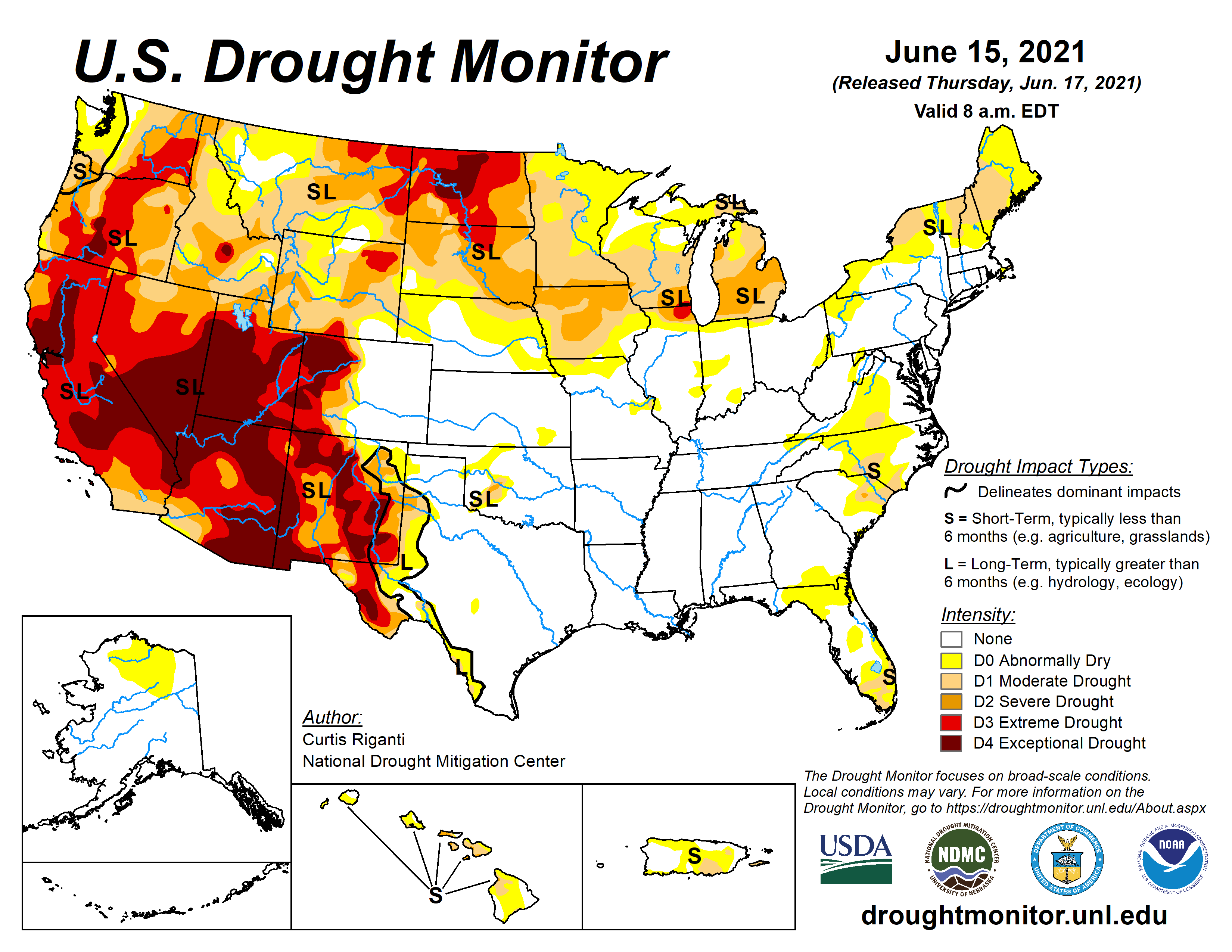
The news of the disastrous drought and extreme heat in the western United States (US) have local folks wondering if Indiana might be next.
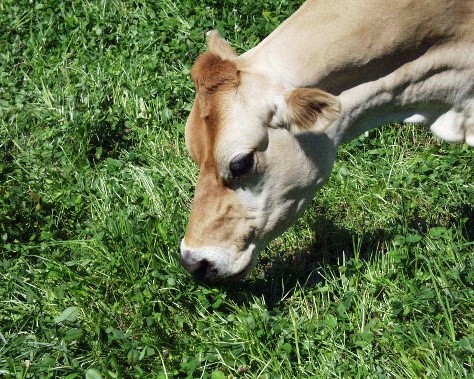
When one travels throughout much of Indiana, you quickly observe that corn and soybeans dominate the landscape.
© 2025 Purdue University | An equal access/equal opportunity university | Copyright Complaints | Maintained by Pest&Crop newsletter
If you have trouble accessing this page because of a disability, please contact Pest&Crop newsletter at luck@purdue.edu.